Anytime I get a second example of a Warp or Error I double check. I make sure it is a new figure and not just the result of a new owner. Well, it’s a new figure and it got me thinking, “After collecting pictures since 2009 are there any trends?”
Very quickly some things started to jump out at me:
- Figure #228 comes from Part 21
- Part 21 has nine poster figures and six of those figures have documented errors
- Part 21 also includes Satan Cross which has two documented errors
- Part 21 contains all of the Beta figures
What if Satan Cross and the Beta figures are simply the result of needing to reduce the number of errors?
Part 21 figures came from 4- and 10-packs. It seems more than coincidence that exactly four sculpts are Beta figures from Part 21. Blocking a few figure molds may have helped the flow of plastic.
Or…maybe it is the other way around? Perhaps blocking a few figure molds hurt the flow of plastic and resulted in more errors.
I am inclined to believe Satan Cross holds the answer. Because we see errors with both Color figures (e.g., Green #223) and Flesh figures (e.g., Flesh #224) plus Satan Cross the blocking likely took place later – after Satan Cross and the Beta figures. However I’m not an injection molding expert. Perhaps someone else could speak to the impact blocking molds would have on flow and/or errors.
Minimally a new error #228 has been added to the archive. At most an interesting, and potentially leading explanation, of the Beta figures has been discovered. Collectors sharing information, to hopefully learn together, is how UofM should ideally work. Being able to have a data-based conversation like this one is why I care about minutia.
What do you think of the theory?

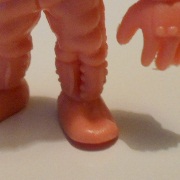
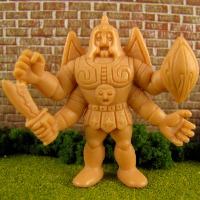
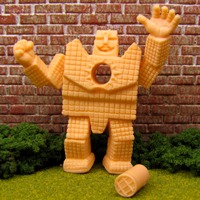
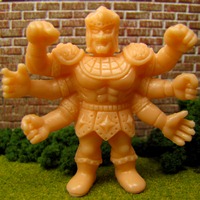
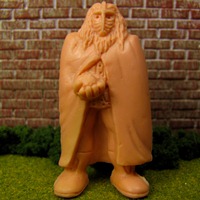
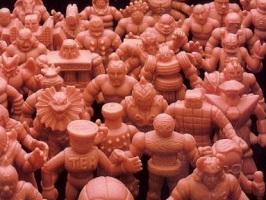
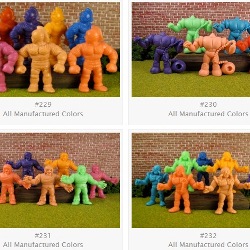
#1 by Orgg on April 6, 2019 - 3:05 pm
Seems legit. The error rate of this particular mold probably was affected both by the blocking of the figure injection sites. The reason for this is probably the thickness of material used. Assuming the original Keshi molds were used and that the keshi don’t have the same error rate (anyone able to confirm), then the MUSCLE plastic probably didn’t go into the figures quite so well as the eraser-style rubber.